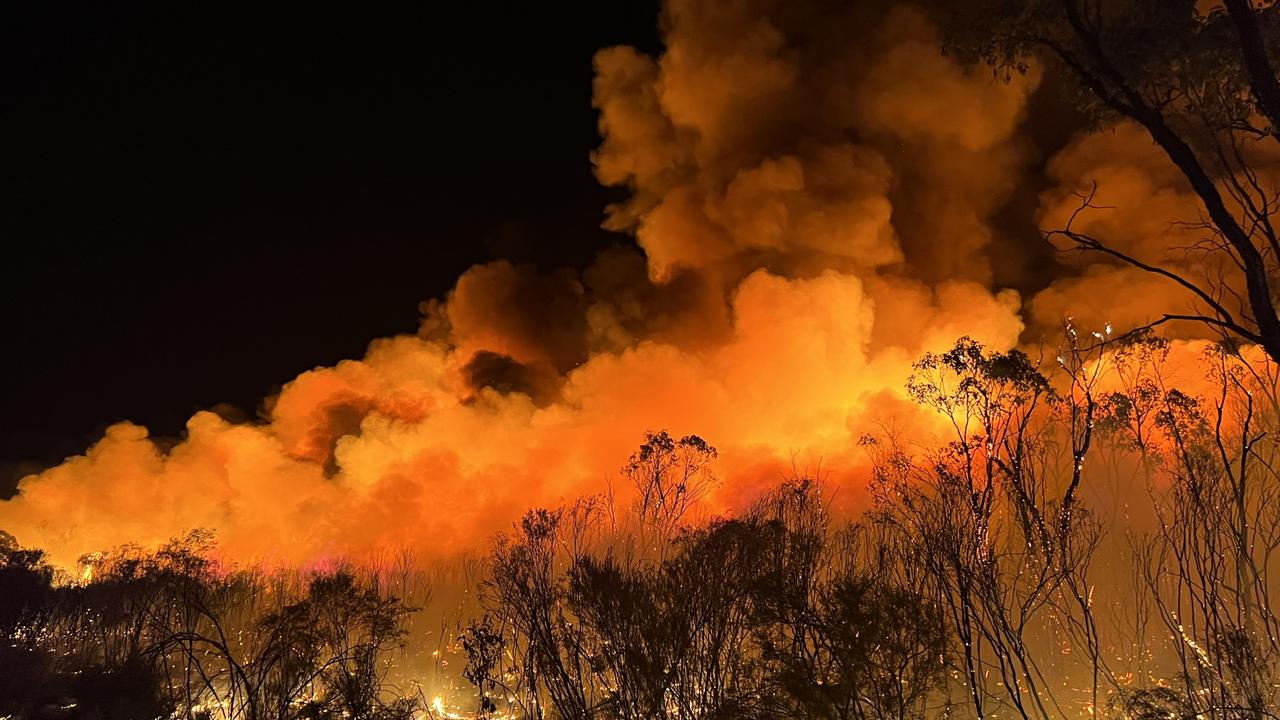Bushfire Risk Assessment Demystified: How to Analyze and Act Upon Your Outcomes
Bushfire Risk Assessment Demystified: How to Analyze and Act Upon Your Outcomes
Blog Article
Necessary Tips for Bushfire Administration to Make Certain Fire Protection

Understanding Bushfire Threat Degrees
Comprehending the differing degrees of bushfire danger is essential for reliable preparation and preparation in mitigating possible threats to homes and lives. Bushfire threat degrees are normally categorized based on factors such as climate condition, fuel availability, topography, and historic fire habits. By comprehending these danger neighborhoods, degrees and people can proactively execute methods to reduce susceptability and enhance resilience in the face of prospective bushfire occasions.
The first level of bushfire threat is reduced risk, where the chance of a bushfire occurring and triggering substantial injury is minimal. This level frequently takes place during durations of reduced temperatures, modest humidity, and marginal wind rates. Moderate risk levels indicate a boosted potential for bushfires as a result of rising climate condition or gas schedule. High-risk degrees represent a significant risk, with problems for fast fire spread and severe fire behavior. Extreme risk degrees are one of the most important, posturing brewing threat to homes and lives as a result of severe climate condition and highly flammable gas.
Comprehending these bushfire danger levels allows stakeholders to tailor their preparedness and response activities accordingly, ensuring a efficient and positive method to bushfire management.
Developing a Defensible Room
Reliable bushfire administration begins with developing a defensible area around residential or commercial properties to enhance defense against prospective fire threats. A defensible space is a barrier zone that creates an obstacle in between a structure and the surrounding combustible plant life. This area functions as a crucial line of protection, offering firemens a secure location to operate and aiding to lower the threat of a fire infecting the building.
When developing a defensible room, it is necessary to take into consideration the design of the home and the bordering landscape. Clearing vegetation, especially extremely combustible plants, within a certain span of the home can help stop the quick spread of fires. Additionally, preserving a well-irrigated zone around the residential property can even more improve its defensibility.
Normal maintenance of the defensible room is important to guarantee its efficiency. This includes trimming overhanging branches, removing dead plant life, and maintaining the location without debris. By spending time and initiative into establishing and keeping a defensible space, residential or commercial property proprietors can dramatically improve their More hints chances of safeguarding their homes and possessions throughout a bushfire.
Applying Fire-Resistant Landscape Design
When designing landscapes to alleviate the danger of bushfires, integrating fire-resistant components is crucial for enhancing residential property security and reducing fire threats. Select plants with high dampness content, reduced oil material, and very little dead plant life to lower the danger of fire spread.

Developing an Emergency Situation Evacuation Plan
Creating a comprehensive emergency emptying plan is critical for making sure the security and health of individuals throughout potential bushfire incidents (BAL Assessment). A reliable evacuation strategy must outline clear treatments to comply with in case of a bushfire threat, consisting of assigned evacuation paths, assembly points, and interaction methods
To start creating an emergency discharge plan, it is necessary to assess the certain risks and vulnerabilities of your area. Recognize numerous emptying paths that bring about safe areas far from the fire, taking into consideration factors such as terrain, roadway accessibility, and prospective risks. Establish interaction networks to alert citizens of an impending evacuation, using techniques such as sirens, message signals, or door-to-door notifications.
Frequently evaluation and exercise the evacuation strategy with all locals or community members to make sure everybody comprehends their obligations and roles. Conduct drills to check the efficiency of the strategy and make any kind of necessary modifications. By having a well-prepared discharge strategy in location, you can improve the opportunities of a organized and safe evacuation during a bushfire emergency.
Keeping Fire Security Tools
After establishing an extensive emergency evacuation prepare for bushfire incidents, it see page is important to prioritize the regular upkeep of fire security equipment to guarantee optimum performance and preparedness. Normal upkeep of fire safety and security tools such as fire extinguishers, smoke alarm, fire alarms, and automatic sprinkler is crucial in protecting lives and residential property throughout a bushfire. Conducting regular inspections, testing, and maintenance of these devices by qualified professionals is vital to ensure they are in working order when required.
Fire extinguishers must be checked consistently for pressure levels, noticeable damage, and correct functionality. By diligently preserving fire safety devices, people can improve their readiness and feedback capacities in the occasion of a bushfire.
Conclusion
To conclude, efficient bushfire monitoring includes understanding threat degrees, creating defensible rooms, applying fire-resistant landscape design, developing discharge strategies, and preserving fire safety and security devices. By following these essential tips, individuals can make certain better fire protection and safety for their neighborhoods and homes. It is essential to prioritize aggressive measures to reduce the threats connected with bushfires and to be prepared for emergency situations.
By comprehending the nuances of bushfire danger degrees, creating defensible rooms, implementing fireproof landscaping, creating comprehensive discharge strategies, and guaranteeing the maintenance of fire safety and security devices, communities and individuals can significantly strengthen their durability versus the devastations of wildfires - BAL Assessment. These tips are not just important for securing versus instant fire threats but additionally for cultivating lasting fire defense methods that can make a substantial difference in the face of escalating bushfire threats
High-risk levels signify a substantial danger, with conditions favorable to quick fire spread and extreme fire behavior. Routine maintenance of fire security devices such as fire click for more extinguishers, smoke detectors, fire alarm systems, and sprinkler systems is vital in protecting lives and building during a bushfire.In verdict, efficient bushfire management includes understanding risk degrees, producing defensible rooms, executing fire-resistant landscaping, establishing emptying plans, and maintaining fire safety and security equipment.
Report this page